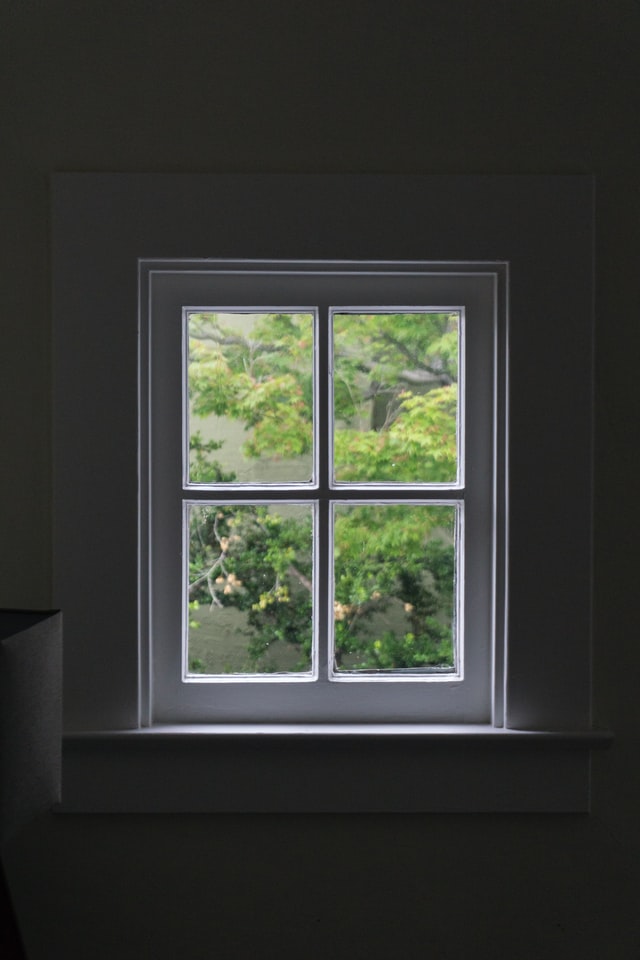By decreasing air leaks through doors and operable windows and sealing the moveable connections when the door or window is closed, weatherstripping is a very easy and very inexpensive approach to increase a home’s energy efficiency. In addition, it improves protection against air drafts. There are several advantages to using a weatherstrip for your doors and windows. Convenience and durability are a few advantages of weatherstripping.
Convenience
Door sweeps are flat pieces of vinyl or sponge rubber that fit snugly around doors and windows. When closed, the door presses against the weatherstrip, creating a tight seal. These strips usually come with a flange to make installation easy. Once installed, they are typically effective for about five years.
Weatherstrips for doors and windows are a simple way to prevent drafts and improve energy efficiency. If you have older homes, chances are your home has many holes, cracks, and spaces. Those air leaks can end up costing you money over time. When you’re spending money on heating and cooling, it can quickly add up. The more drafts and holes your home has, the more you’ll have to spend on utility bills. Weatherstrips can make a huge difference.
Durability
Before purchasing new weatherstripping for doors and windows, consider their durability. They must be strong enough to withstand various conditions, such as temperature changes, friction, and wear and tear. They should also be able to slide window panes and allow doors to open and close easily.
Felt weatherstripping is inexpensive but does not last as long as other materials. It must be cut to the proper length and painted or varnished to match the woodwork. Foam strips should not be used to seal sliding surfaces, as the adhesive will quickly wear off if exposed to abrasion. Another inexpensive type of weatherstrip is the cheap open-cell foam tape, but it will crumble and won’t be as effective as other types of weatherstripping.
Felt weatherstrips are cheap and easy to install. You can buy plain or reinforced ones. You should install felt weatherstripping every two inches, or every other inch, depending on the thickness of the door or window. Felt weatherstrips can be cheap and easy to install, but ensure they are not used in areas with high moisture or friction. Felt weatherstrips can also compress against the door jamb and may not last as long.
Cost
One type of weatherstripping is called tension seal weatherstripping. It costs about $0.25 per linear foot and is self-sticking. It is best used along the bottom portion of the door’s interior side. Its disadvantage is that it does not work well on vertical surfaces. In addition, it cannot be easy to open and close doors.
You can install weatherstrips yourself or hire a professional to do the job. The cost is straightforward, though it depends on the number of doors and windows you have to seal. This type of installation is time-consuming and requires precision to prevent gaps. If you have the time and patience, you can do it yourself or hire someone else to do it for you. The cost of weatherstrips for doors and windows depends on whether you have to pay for materials and labor.
Installation
You can install weatherstrips on your door or window by following simple instructions. First, clean the window or door and use a paint stripper to remove any flaking paint. Next, examine the jamb to ensure it is free of nails or screws, and then use a grooving tool to cut grooves in the jamb for the weatherstrips. Finally, fit the weatherstrip in the grooves.
Vinyl V-strips is a popular choice for a window or door sweep. The strips’ flexible and durable material makes them ideal for reducing air leaks. These strips also fit into doorjambs and are relatively inexpensive. For doors, you can also use felt or other forms of sealant. However, it would help if you used felt instead of nail-on strips, as these are distracting and may not fit securely.

